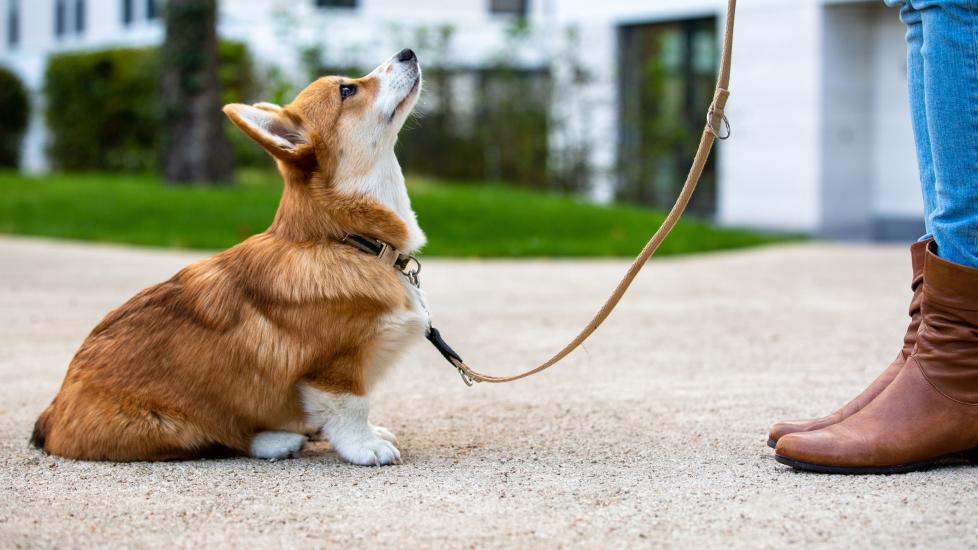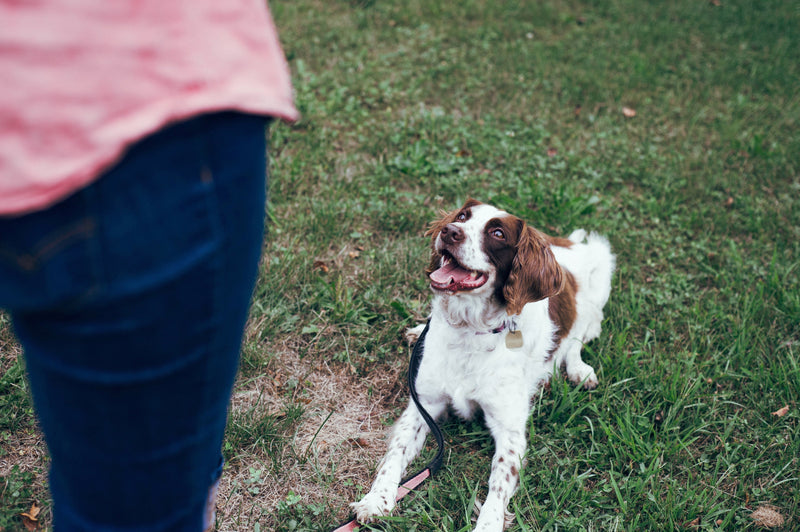
Dog Reactivity Towards Owner: Causes and Solutions
Share
Understanding dog reactivity towards owner is crucial for maintaining a harmonious household. Many health-conscious pet owners face this challenge as it can affect the well-being of both the dog and their human companions. This comprehensive guide will delve into the reasons behind such behaviors and offer practical solutions.

What Is Dog Reactivity?
Dog reactivity generally refers to a heightened state of alertness or overreaction to certain stimuli, which in this case, it includes their owners. This undesirable behavior can stem from various factors, and it's essential for pet owners to interpret and address it effectively.
Causes of Dog Reactivity Towards Owners
Lack of Socialization
Dogs that haven't been exposed to a variety of people, environments, or animals during their formative years might display reactive behavior. It's important to socialize your pup early to prevent these issues.
Fear or Anxiety
For some dogs, fear is a driving factor for their reactivity towards their owners. Perhaps a past trauma or confusion about behavioral expectations can instigate such a response. Recognizing these fears is the first step towards resolution.
Health Issues
Sometimes, underlying health issues can cause a dog to react differently towards its owner. If you observe sudden behavioral changes, consider visiting a vet to rule out medical concerns. Regular check-ups are a good practice for health-conscious pet owners.
Effective Strategies to Curb Reactivity
Healthy Body, Calm Mind
Ensuring your dog is in robust health is a fundamental step. Engaging in daily exercises that suit your dog's needs can greatly mitigate anxiety and calm reactivity. According to Blue Cross, training your dog with positive reinforcement can significantly reduce stress and build confidence.
Understand Canine Communication
Grasping the basics of canine communication equips owners to identify signs of stress or discomfort, allowing for appropriate intervention. If youve ever noticed your dog showing its teeth when coming home, read more about it in this article.
Consistent Training
Implement consistent training routines, reinforcing desired behaviors while dissuading negative responses. Positive reinforcement techniques are critical for long-term success. For a deeper dive into dog training, consider the 10 dog training tips from Small Door Vet.
Professional Help
When home strategies fall short, seek professional help. Experienced trainers can offer tailored solutions and provide insights that might not be visible to the untrained eye. Professional interventions can often be a game-changer.
Further Reading on Dog Reactivity
Explore more about dog reactivity towards strangers and other situations. Here's an article on dog reactivity to strangers, which provides additional strategies that might be applicable when dealing with owner-related issues.
To learn how to properly equip your dog during training, check out this guide on dog harnesses.
Conclusion
Dealing with dog reactivity requires patience, consistency, and a willingness to understand and meet your dog's needs. By ensuring a healthy lifestyle, offering positive reinforcement, and possibly engaging with professionals, health-conscious pet owners can significantly improve their relationships with their pets. It's not just about correcting behavior; it's about fostering a bond built on trust and understanding.

FAQ
Why is my dog suddenly reacting aggressively towards me?
A sudden change in behavior might be related to a recent traumatic event, health issues, or alterations in their environment. Consulting with a vet is advisable.
Who should I consult for my dogs behavioral issues?
Consider consulting a veterinarian first to rule out any medical concerns. Subsequently, you might find it helpful to engage with a professional dog behaviorist or trainer.
How long does it take to train a reactive dog?
The timeline varies depending on the dogs personality and the consistency of the training. Persistent positive reinforcement and patience are key.
This article contains affiliate links. We may earn a commission at no extra cost to you.
